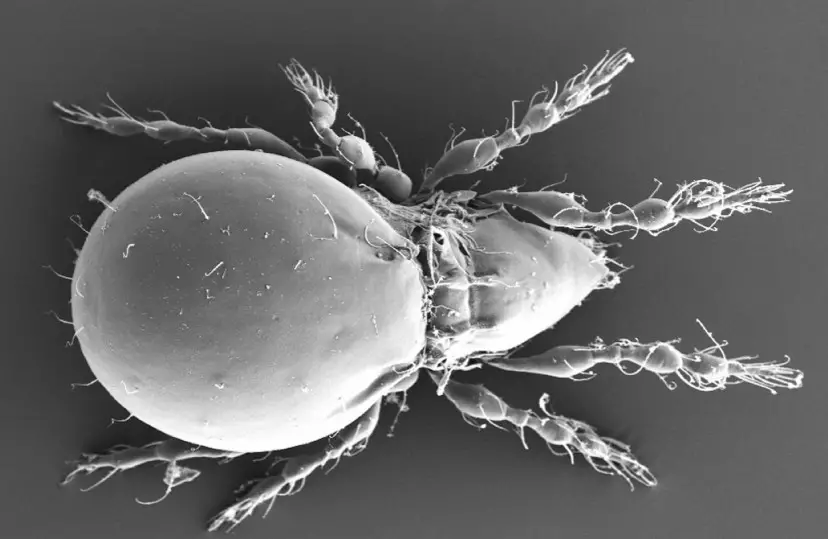 he most important thing within evolution since the start of this world had been keeping the present species alive and focusing on the future. Almost all species of animals, insects, humans, and so on have reproduced in order to keep their species alive, except one. Oppiella nova is one of the only known species of micro insects that had somehow survived thousands of years through asexual reproduction.
he most important thing within evolution since the start of this world had been keeping the present species alive and focusing on the future. Almost all species of animals, insects, humans, and so on have reproduced in order to keep their species alive, except one. Oppiella nova is one of the only known species of micro insects that had somehow survived thousands of years through asexual reproduction.
For many years, biologists have been analyzing this insect in order to understand how exactly it reproduce if it does not have sex. At the end of the day, no matter what type of animal we are talking about, sex has always had a strong impact on genome evolution and in many cases, it has been debated by researchers that the changes and mutations which take part in genome evolution are required for any species to survive as these come accordingly to the way our environment changes.
Why is it asexual?
Oppiella nova is actually one of the many species of soil mites which are very small insects that are usually found in compost heaps or soil as they are attracted to rotting matter which makes up most of their diet. This specific species is actually one of the smallest, measuring around 350 micrometers long and 180 micrometers wide.
They are also called beetle mites because they tend to jump on the backs of beetles in order to move around much more quicker. They are really clever creatures despite their size and are not harmful to organisms around, but they do tend to attract more insects around the soil so that is why people aren’t really fond of mites.
The species can be found all over the world, it is most likely that there are thousands in your garden, but it took years of analyzing thousands of mites for biologists to discover that this species is only made up of females. Although this sort of answered why the species was asexual, it did not really give an answer to how the species managed to reproduce for so many years.
The species is believed to be over 30,000 years old, but a mite would only live around 90 days in most cases, so we know for sure that they aren’t immortal and even if they were this would still not explain how they reproduce. Based on the biological analyses the species do not mate with male mites from other species, but somehow through its curious asexual reproduction system, it had managed to mutate many times.
How does it reproduce?
A very recent study actually discovered the process of reproduction for Oppiella nova and it is quite fascinating. Multiple researchers and biologists within the field have published the paper on PNAS (Proceedings of the National Academy of Sciences of the United States of America), explaining their findings as well as how these species reproduce.
Believe it or not, the species actually manages to clone itself, proving that cloning is actually possible on a natural basis. What is even more interesting is that besides cloning themselves, they somehow manage to develop new genes that have allowed the species to mutate and survive the environmental changes for thousands of years. This is explained by the “Meselson effect” which in simple terms allows an organism from a species to clone itself creating identical genetic copies, but introducing separate mutations.
This is something that had been noticed in other organisms such as plants where the Meselson effect also occurs, however not through the process of cloning. Although this is a significant find as it shows further evidence that genetic cloning is possible, mites are quite simple organisms at a genetic level and they cannot compare to our complex organism, but such small finds push the beliefs in people for a future full of clones.
As mentioned before, it is not just about reproducing to keep the lineage alive, but actually mutating so that future generations can survive the environmental changes. These sorts of mutations can be seen in every type of organism, and they occur within months or even thousands of years apart. There may be more organisms out there that follow the same reproduction system.
Avid Writer with invaluable knowledge of Humanity!
Upcoming historian with over 30 million views online.
“You make your own life.”





